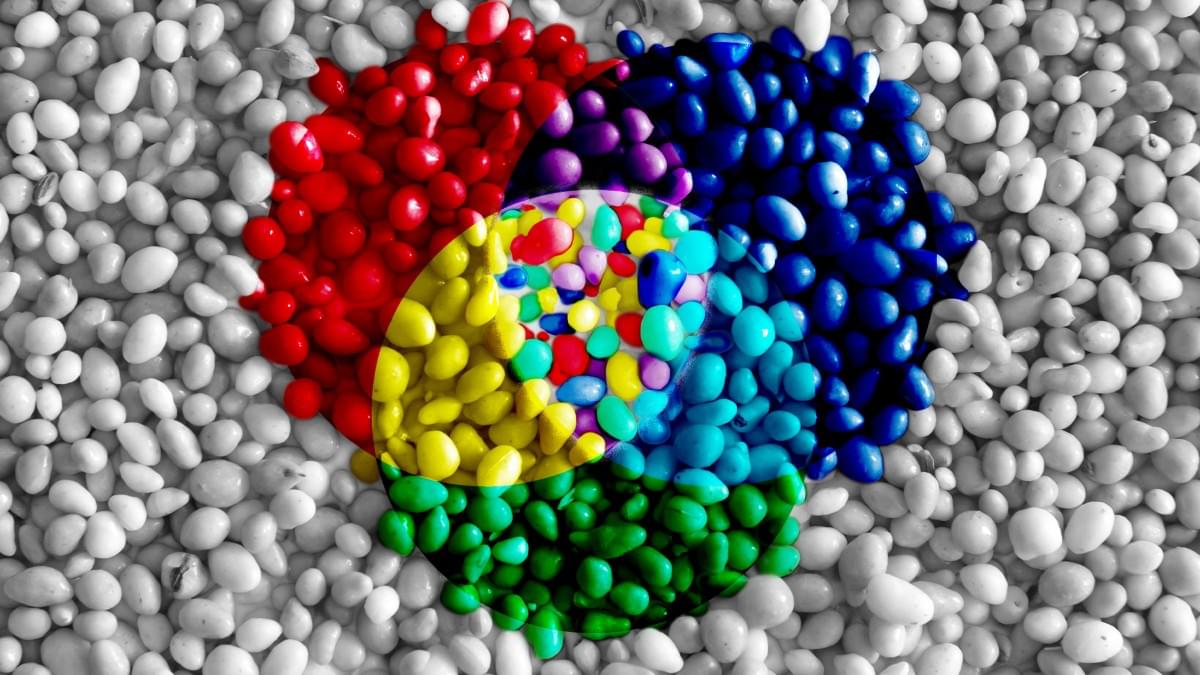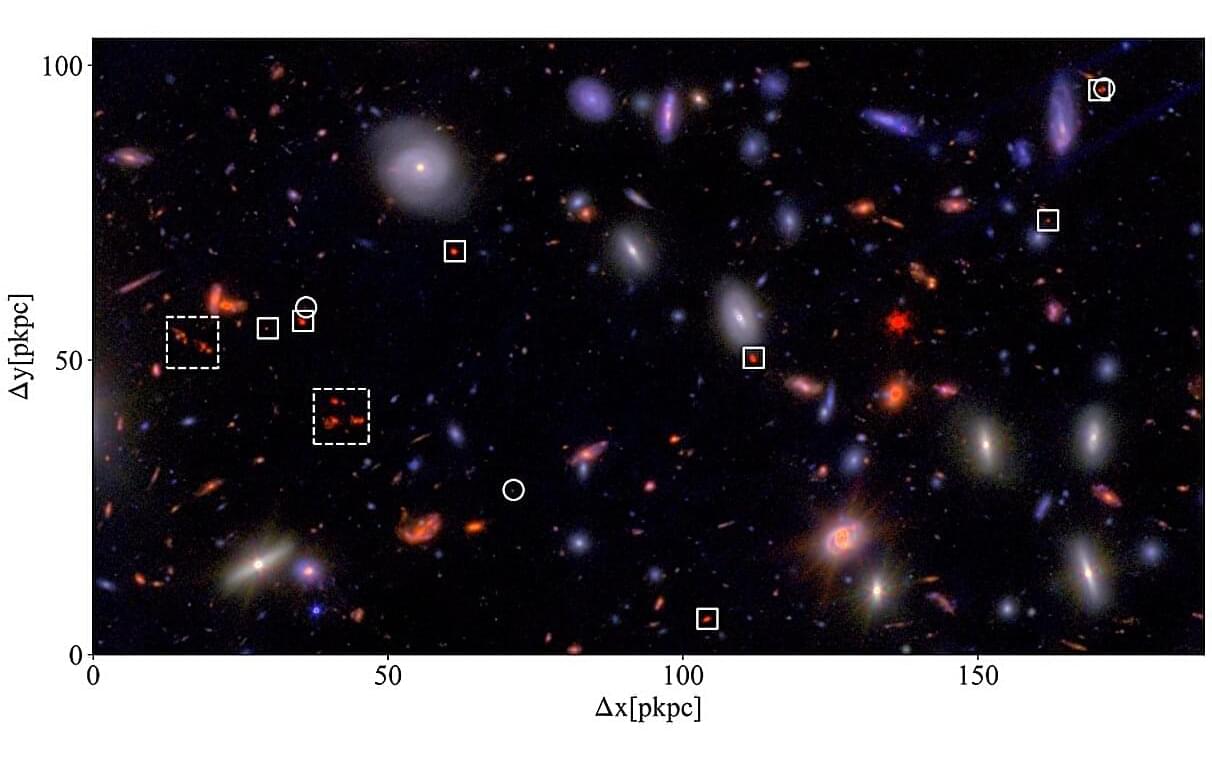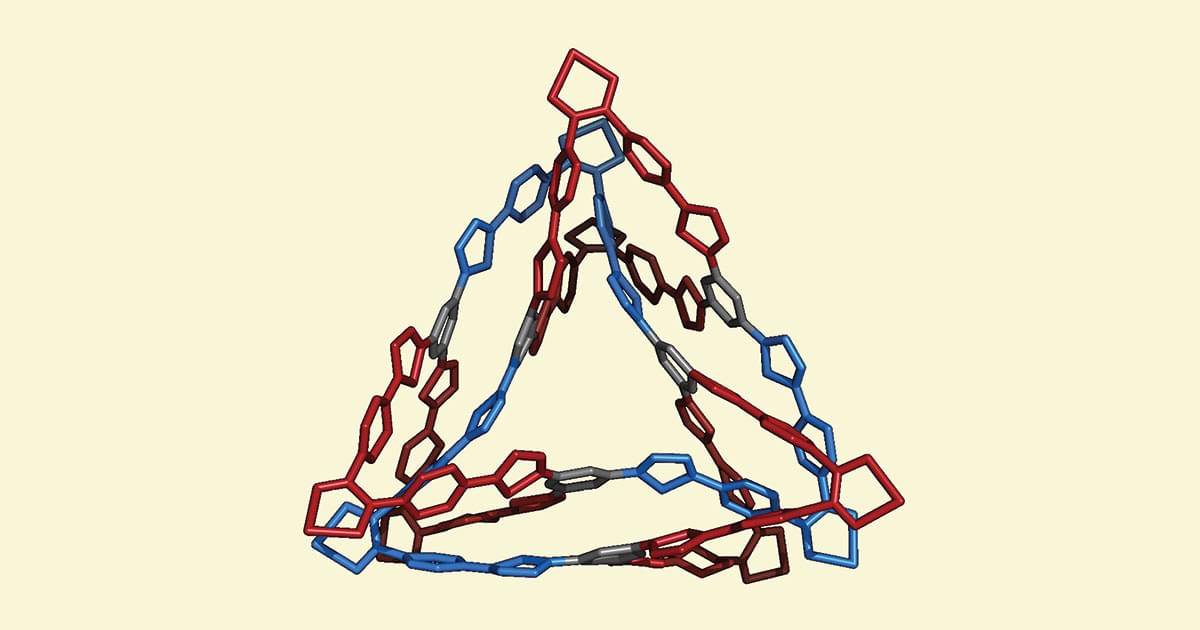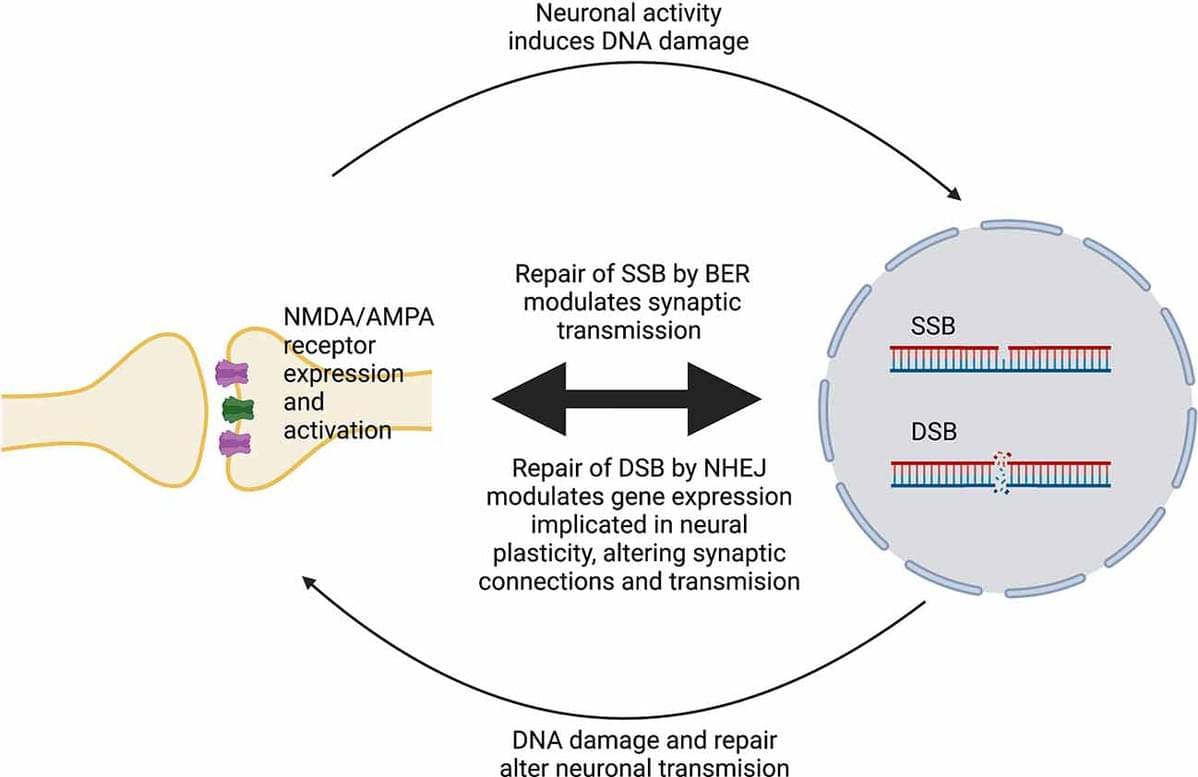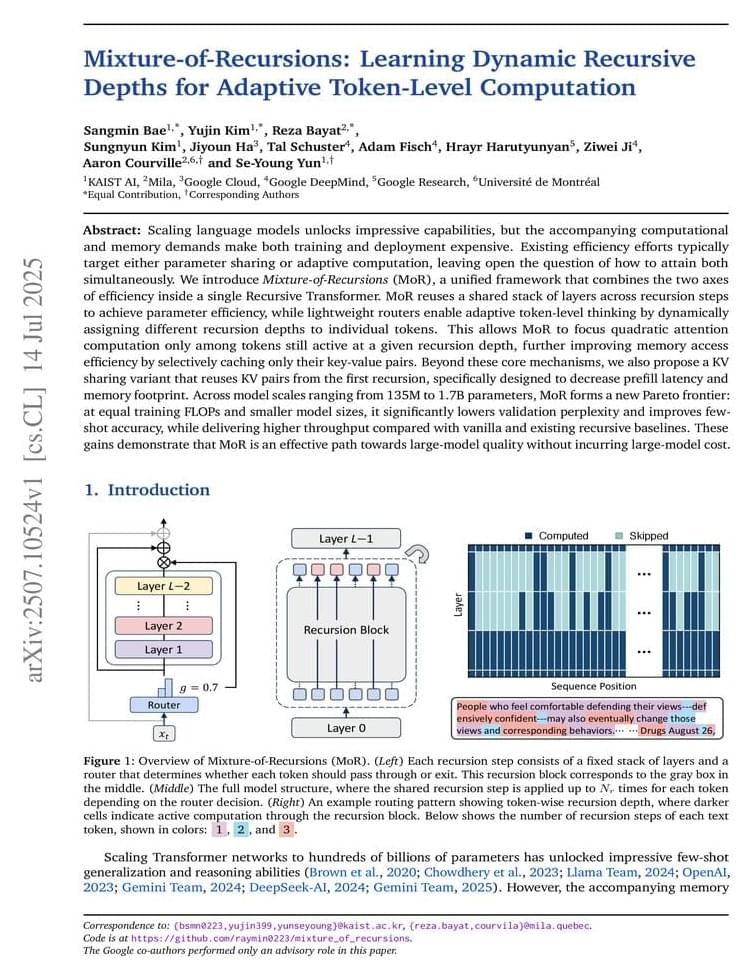Superconductivity is an advantageous property observed in some materials, which entails the ability to conduct electricity without resistance below specific critical temperatures. One particularly fascinating phenomenon observed in some unconventional superconductors is so-called spin-triplet pairing.
In conventional superconductors, electrons form what are known as “Cooper pairs,” pairs of electrons with opposite momentum and spin, a phenomenon referred to as spin-singlet pairing. In some unconventional superconductors, on the other hand, researchers observed a different state known as spin-triplet pairing, which entails the formation of pairs of electrons with parallel spins.
Researchers at Fudan University, RIKEN Center for Emergent Matter Science (CEMS) and other institutes recently observed a significantly enhanced nonreciprocal transport in a class of superconductors known as KTaO3-based interface superconductors, which they proposed could be explained by the co-existence of spin-singlet and spin-triplet states.

